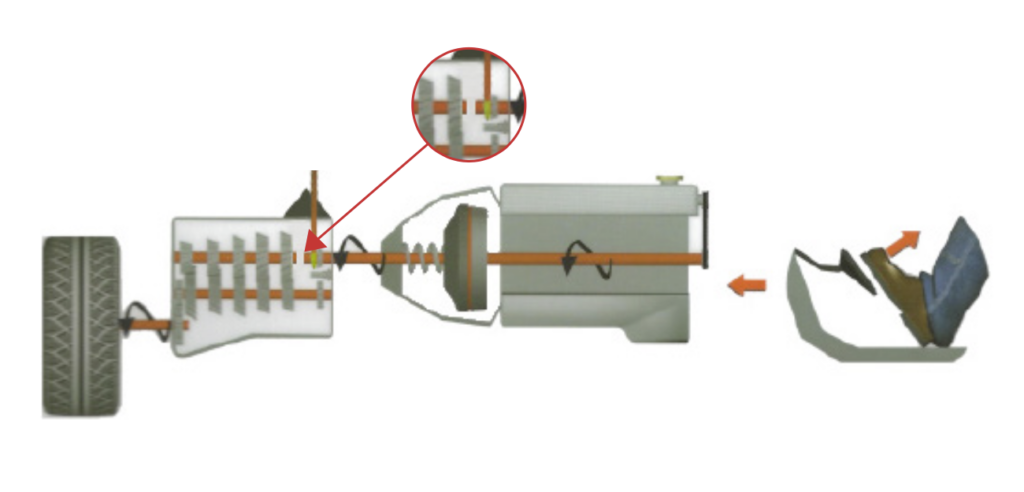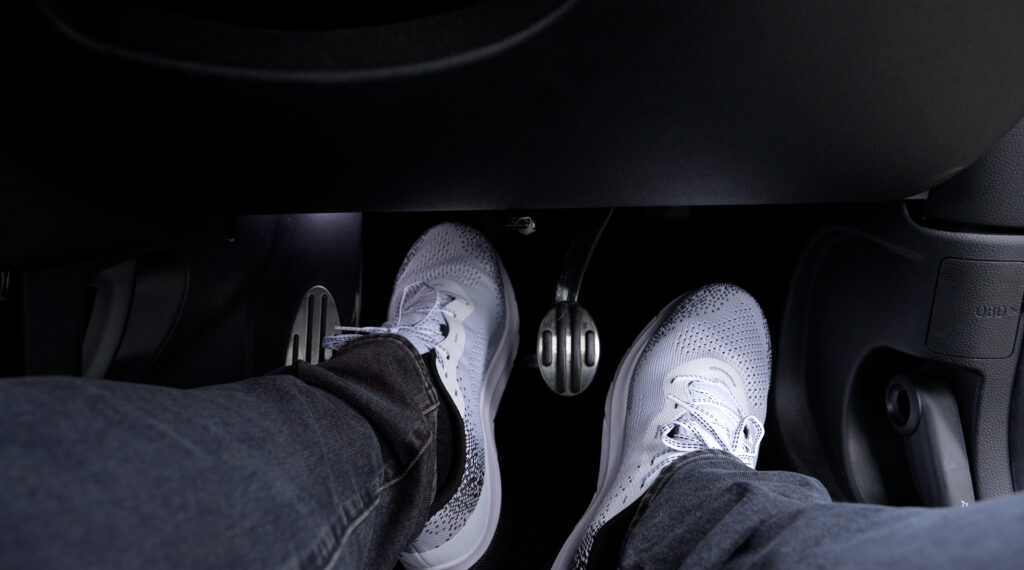Clutch control can be difficult to get the hang of for many learners. Whilst some learners master it straight away, for others it can be a real issue as they struggle to not stall the car every time they’re moving off. We want all of our learners to pick it up as quickly as possible which is why our instructors will show you how to learn clutch control easily. Below are some of our top tips on learning clutch control.
What is clutch control?
When you start your driving lessons, mastering clutch control can be tricky. It’s an area that pupils tend to struggle in, so get as much practice as possible. Here we go through some techniques and reminders to help you master clutch control.
How does a car clutch work?
The clutch consists of two friction plates, these plates move apart when the clutch pedal is fully pressed down. By doing this, the engine is disconnected from the wheels. This prevents any of the engine’s power being transmitted to the wheels of the car. Therefore, when the clutch pedal is released, the two plates can then move back together, allowing the engine’s power to transfer to the wheels. This is known as the biting point. As you release the clutch pedal more fully, you will notice that more power will be transmitted from the engine to the wheels because they are moving closer together. Once your foot has completely released the clutch pedal, the two plates will lock so that all of the engine’s power is sent to the wheel.
Use of clutch
As you may well know, correct use of the clutch has a key part to play in operating a vehicle. Below are the things that a clutch can be used for:
- The clutch pedal is used to move from one gear to another whilst driving.
- The clutch is used to control the car when coming to a stop to prevent the car from stalling.
- The clutch can be used to stop the car when travelling at slow speeds or carrying out manoeuvres by using a technique called clutch control. This is when the clutch pedal is only half engaged.
Clutch control tips
Now we all know how a clutch pedal works and what it can be used for, we can start to look at some clutch control tips to help perfect your clutch control. Practicing a hill start is a great way of mastering moving off in a car.
- First, find a road on a fairly steep hill in a quiet area. Places like Brickhill or Putnoe are great places for your driving instructor to take you if you have your driving lessons in Bedford, for example.
- Press the clutch down and put the car into 1st gear.
- Slightly press the accelerator and use the clutch to find the biting point. The car will become louder and try to move forwards when the bite has been found.
- Complete your 360 observations.
- Release the handbrake.
- The car will then start to move, so practice dipping the clutch up and down to control the speed of the car (all of the time, keeping the gas steady). Try dipping the clutch up and down in very small movements to keep the cars speed as slow as possible. If the car slows down too much, raise the pedal slightly to increase the speed.
Remember, practice makes perfect!
The disadvantages of poor clutch control is that the clutch could end up burning out quicker, resulting in a replacement having to be purchased. Clutches are not cheap and usually cost over £500 for parts and fitting, so this is something you want to avoid.
If you have any questions on clutch control, why not use our Ask Anthony facility where drivejohnson’s owner, Anthony Johnson, will endeavour to answer your questions.








